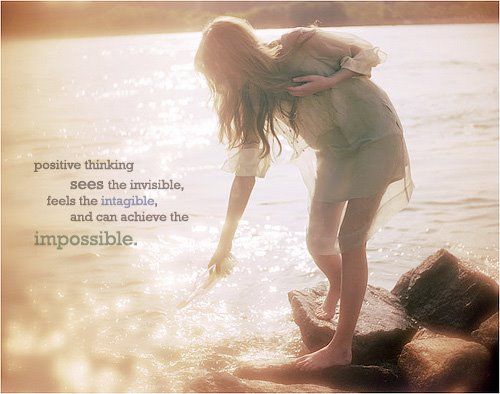Purple Prose [Search results for concept]
Writerly Quotes: Concept

Lyrical Writing

L-- Listening
Tip # 81: Panning (But Not for Gold)
Your Characters’ Humor

Tip #7: Photography language 101: Aperture

On My Writerly Bookshelf: Show & Tell

How to Help Our Young Women
Spamming or Promotion???? (aka How to Get Readers to Want Your Book)

On My Writerly Bookshelf: Symbolism

It's All in the Preparation

Tip # 34: Seeing Your World in Black & White

Voice Envy

The Twenty-Minute Workout (for your MS)

